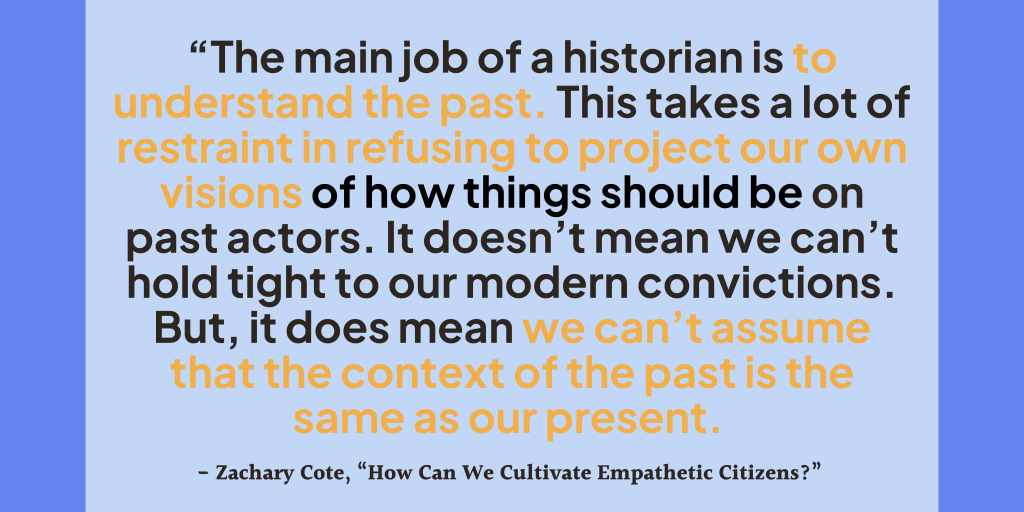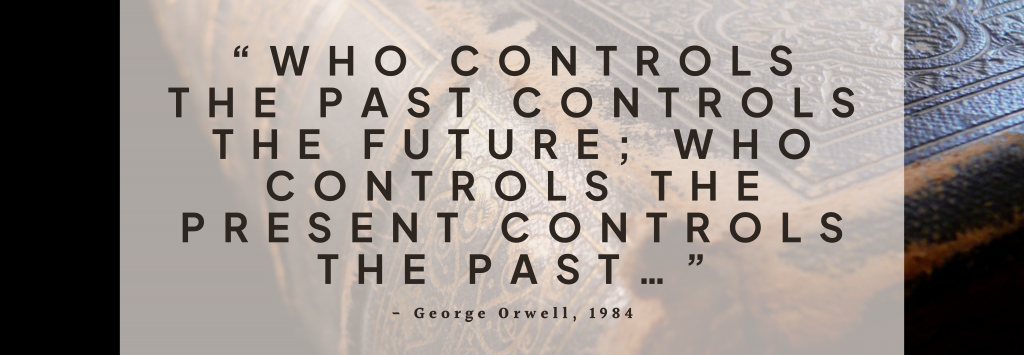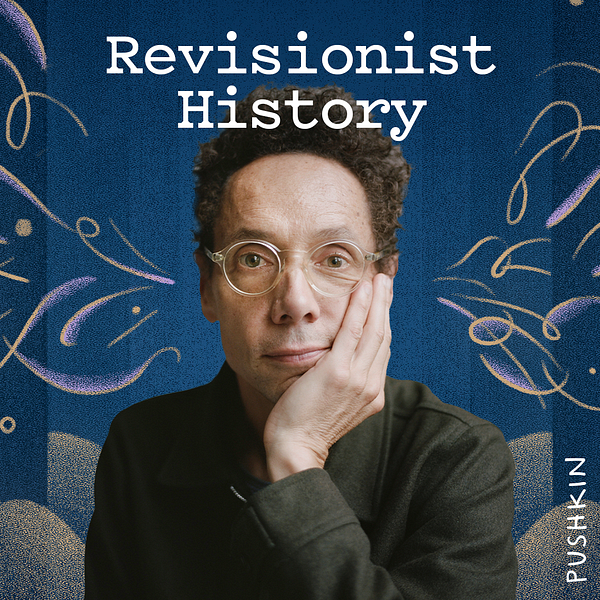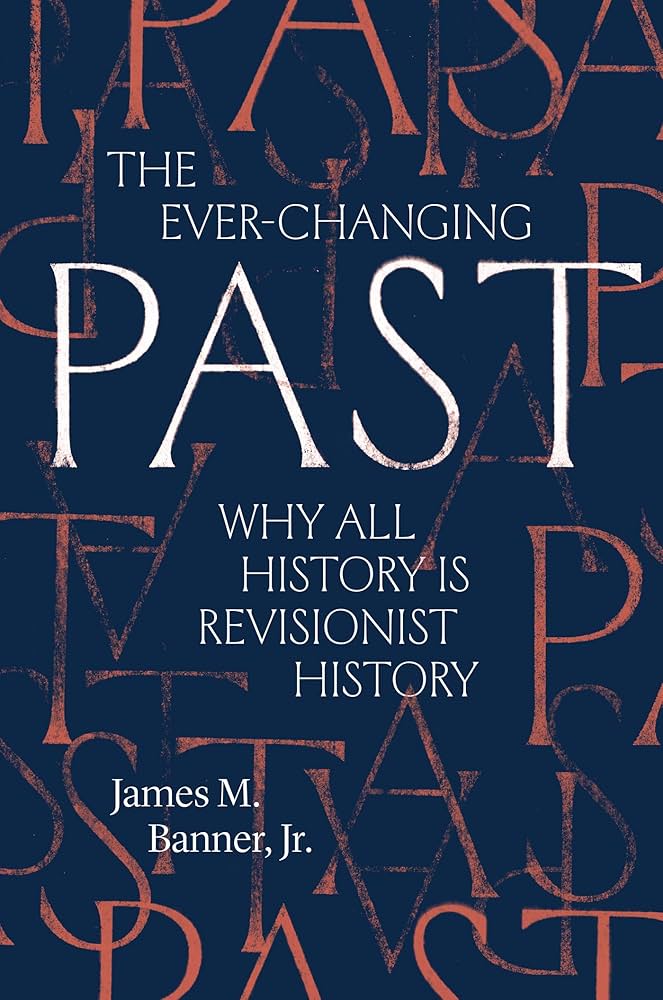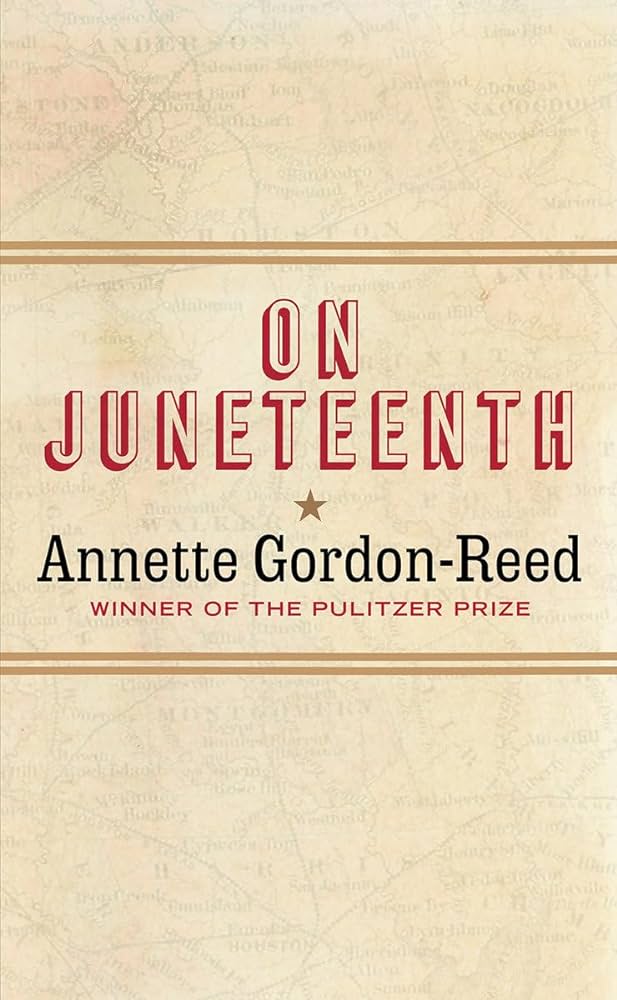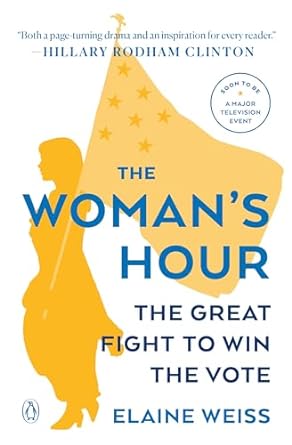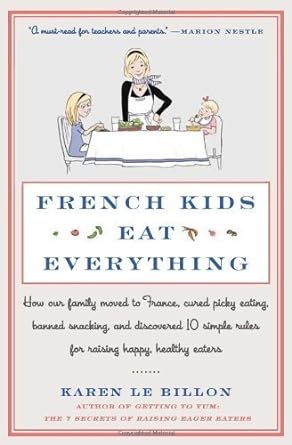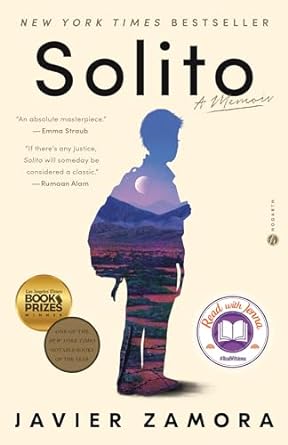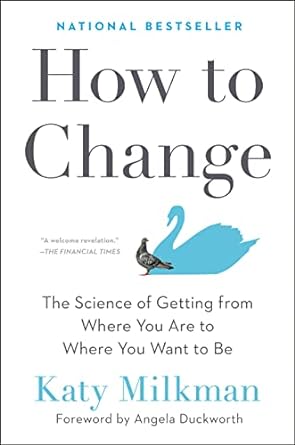Behind every historical image is a perspective, a message, and a moment waiting to be unpacked. Our job is to help students find it.
Scaffolding Visual Literacy in History
Recently, I was reviewing a 7th grade U.S. History lesson plan that directed students to analyze various images of the Boston Massacre to evaluate multiple perspectives of the event. (Sidebar: if you are looking for an engaging read on this topic, I highly recommend Serena Zabin’s The Boston Massacre: A Family History (2023). Easy 5⭐ for me!)
As I considered the lesson, I reflected on how often students struggle to evaluate historical images. Key elements are frequently misread, symbolism can be missed, and the artist’s intent is often misunderstood. So I decided to create an introductory activity to better prepare them. It starts by having students understand the purpose and significance of image analysis as a historical investigative tool:
Being able to analyze visual images—like paintings, photographs, political cartoons, and posters—is an important skill for understanding history. These images are more than just art; they are historical evidence created during or about a specific time. They help us see what people valued, feared, or believed, and they often show details that words alone can’t capture.
Learning to “read” an image helps us think critically, ask good questions, and make connections between the past and the present. Just like a primary source document, a historical image tells a story—if you know how to look closely!
Then, I created a step-by-step process to help them engage. Here’s the gist:
Step 1: Brainstorm – Read the source information and list what you already know.
Step 2: Focus – Find the most prominent element in the image. Describe your observation, then connect with your prior knowledge, and finally infer what the artist is hoping to convey.
Step 3: Zoom In – Separate the image into quadrants in order to take note of even minor elements the artist included and make notes of elements and messages in each section.
To support deeper engagement, I also created a question bank organized by Depth of Knowledge (DOK) levels. These prompts help students explore purpose, symbolism, and perspective at increasing levels of complexity.
Spending time explicitly teaching how to analyze visuals strengthens students’ understanding of the past and encourages them to consider historical nuance and ambiguity. This skill is foundational‒not just for historians, but for informed citizens in today’s media-saturated world.
Real Life Application
Now, hang with me through this tangent and then I’ll get you the tool so you can utilize it with your students.
Last week, my book club discussed Lois Lowry’s Tree. Table. Book. (2024). It tells the story of the two Sophies of Chocorua Street who are neighbors and best friends. The surprising thing is that they are seventy-seven years apart. Young Sophie (age 11) tries to save old Sophie (age 88) from being taken to a memory-care facility due to her intensifying dementia. Throughout the book club, we explored both the simplicity and the complexity of the story.
As I sat there, I was suddenly considered the cover of the book. Initially, I had dismissed it as a sweet and simple cover. But then I applied the very same visual analysis tools that I had just created for the lesson plan.
Step 1: Source: I know Lois Lowry wrote Number the Stars about the Danish resistance during the Holocaust. I also know that the title mimics a cognitive recall test.
Step 2: Prominent Element: I notice the two characters. They are facing each other. Their age difference is evident. But their glasses and face expressions are similarly contemplative.
Step 3: Quadrants: I see the two moons in the top corners and the shift in colors to highlight day and night. The center tree is blooming on the left and is bare on the right. Characters in the background illustrate components of the story.
When I noticed all these elements, a simple illustration became rich with meaning‒just like the novel itself. And this is the power of image analysis.
Why This Matters
Teaching students visual literacy in history empowers them to engage more fully with the past. When they engage, they learn. When they learn, they grow. And when they grow, they become informed participants in our democracy.
Want to try it out?
If you are interested in trying this with your students, grab the worksheet here. Swap out the image (in this lesson, students had already previewed the Boston Tea Party in a prior lesson) for one they have seen before. Then challenge them with a new complex image.
If you use this strategy for visual literacy in history in your classroom, I’d love to hear how it goes!
We may earn revenue from the products available on this page and participate in affiliate programs.
